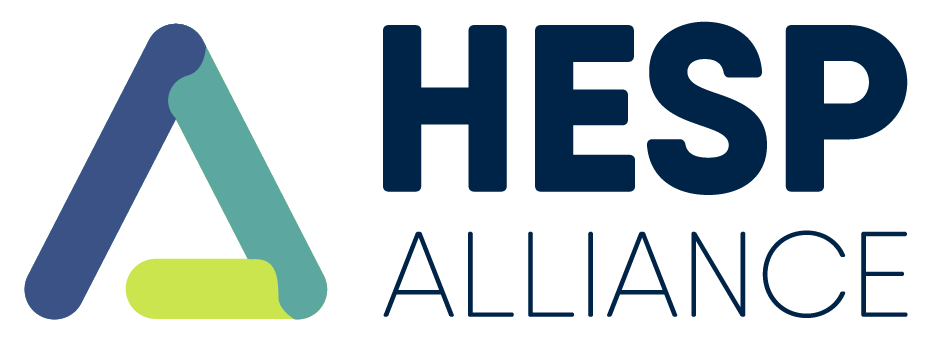FREQUENTLY ASKED QUESTIONS (FAQ)
+ What is HESP and its key features?
HESP, which stands for High Efficiency Streaming Protocol, is an adaptive HTTP based video streaming protocol which brings superior quality of experience for online viewers, while reducing the cost for scaling media delivery up to 20%. HESP key features:
- Sub-second latency, which allows for interactive user experiences and in-sync delivery across devices
- Up to 20% reduction in bandwidth and cost
- Scales over existing http infrastructure, is compatible with standard encoders and CDNs, and allows for cross-platform playback support
- Enhanced viewer experience through instant zapping and seeking, and full adaptive bitrate to respond to all different kind of network conditions
+ What are the HESP Alliance goals?
The HESP Alliance has six primary goals.
- Create an HESP Internet Standard
- Drive HESP education through training, webinars, workshops and events
- Provide tools which accelerate HESP integration
- Organize technical workgroups to advance the HESP standard
- Run a certification program for HESP solutions to ensure interoperability between vendors
- License out the HESP standard
+ What are the different membership levels?
The HESP Alliance has three primary membership levels for non-founding members. The first level, bronze, is designed for companies that would like access to the HESP final documentation and participate in the certification program, without contributing or chairing working groups. Silver and gold membership levels are designed for companies who actively want to participate in one or more working groups. They can lead projects, act as working group chair, vote on publications, and contribute to the HESP Standard. The difference between silver and gold members is that silver members have a revenue threshold of $10M per year, whereas gold members do not have such a revenue threshold. More details on membership levels and fees can be found [here][1].
+ How does the licensing for HESP work?
The HESP Alliance licenses out the HESP Standard to be integrated in solutions under fair, reasonable and non-discriminatory (FRAND) terms. Whereas initiation of HESP streams and non-commercial use of HESP are royalty-free, there are three different royalty models for HESP clients: a usage volume model, a user subscription model, and a per device royalty. Royalty rates and per company royalty caps can be found here.
+ Who runs the HESP Alliance?
The HESP Alliance is a non-profit organisation incorporated under the laws of Belgium. The HESP Alliance is governed by the Board of Directors and managed by an experienced team.
+ Is the HESP Alliance a standards body?
No. The Alliance will submit any draft specifications created to the appropriate standards body (e.g. IETF, CTA, etc.) for ratification.
+ How does the HESP Alliance fund its operations?
The HESP Alliance will leverage membership fees, certification costs and a portion of the royalty income to fund its operations. Each members who joins the HESP Alliance hence directly supports further advancement of the HESP standard and promotion of HESP solutions. The objective is to minimize membership and certification fees; these will be re-evaluated on an annual basis taking into account actual costs incurred.
+ Is HESP open source software?
No. The HESP Alliance does promote collaborative advancement of the HESP standard through Technical Working Groups, where Members can, for example, bring in edits, feedback and IP through a standard submission process.
+ Is there a verification process for HESP solutions?
Yes. The HESP Alliance has a verification program in place to make it easy for vendors to test if the HESP standard is implemented correctly. The program has as its objective to simplify cross-product compatibility and the ease of integration. It brings verification tools and checklists to validate items such as manifest correctness, bitstream conformance, network delivery, cache configuration, supported features and supported platforms. When companies have successfully completed the self-verification steps, they can confirm that they have an HESP-ready solution. A list of all HESP-ready solutions can be found here.
